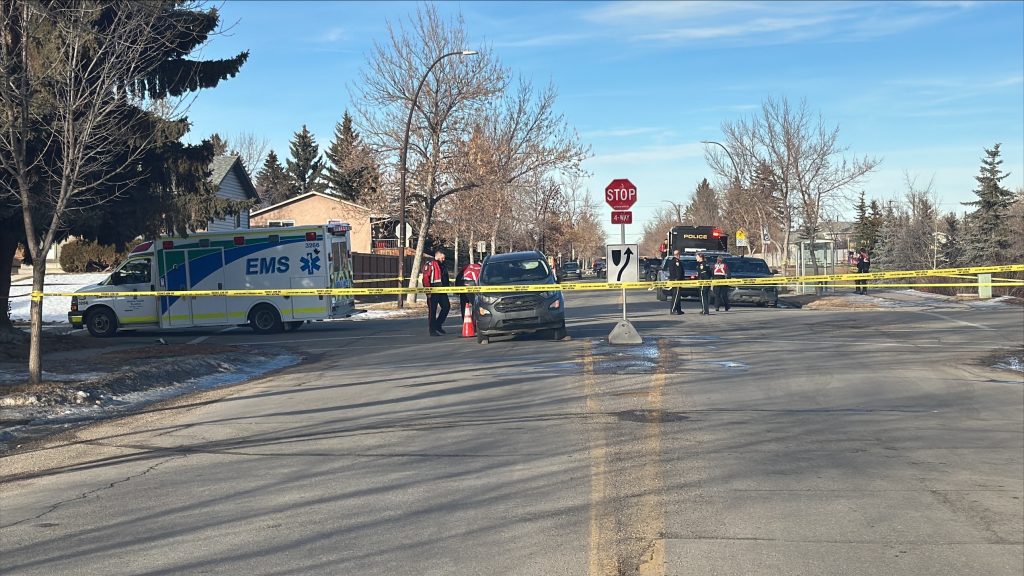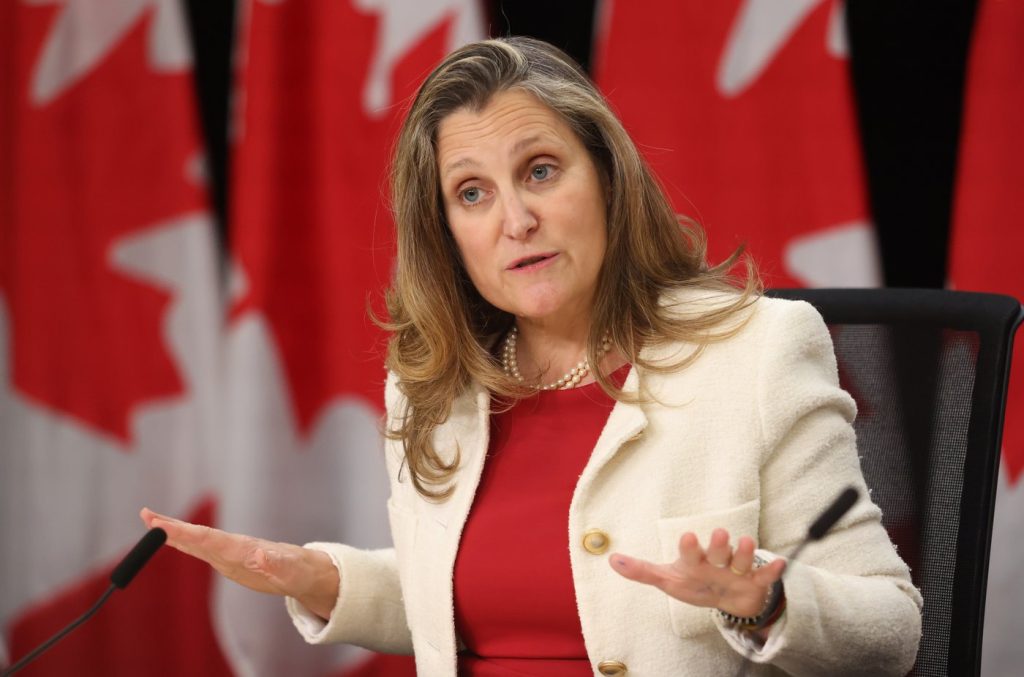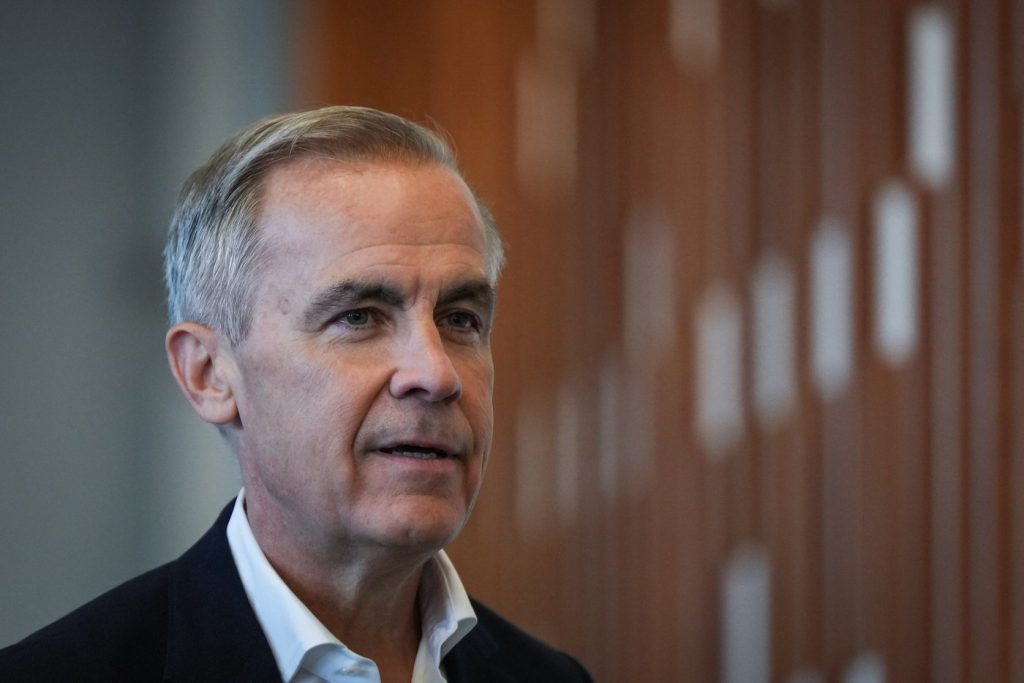Professional women’s hockey: Where are we now?
Posted Jan 23, 2020 1:28 pm.
Last Updated Apr 23, 2020 1:45 pm.
CALGARY (660 NEWS) — A year ago, Kendall Coyne Schofield was flying down the ice at the NHL All-Star Game in San Jose, California.
Her electrifying performance during the Fastest Skater Competition was ‘Where were you when” moment. It appeared that women’s hockey was on the rise, but a few months later, the Canadian Women’s Hockey League folded, leaving ripples of uncertainty.
READ MORE: How Kendall Coyne Schofield’s clutch All-Star performance changed the game
Full disclosure, I was the Calgary Inferno’s play-by-play announcer. The team had captured the 2019 Clarkson Cup championship, and through my eyes, the sky was the limit for the CWHL, especially after making it past the decade mark.
I was wrong. Economic reasons forced the CWHL to fall into the pile of now-defunct sports leagues. Admittedly, the on-ice success of the Inferno clouded my judgement of the league’s stability.
I, along with everyone else, was left wondering, ‘What now?’.
In May 2019, the Professional Women’s Hockey Players Association was founded, with over 100 players from Canada and the USA forming a united front. The goal was a single professional league.
And that’s where we stand heading into the 2020 NHL All-Star Game, where 20 players from North America will be suiting up in a three-on-three game. There’s still no professional league for the women, but they will be front and centre once again during the NHL festivities.
Commissioner Gary Bettman has said in the past he supports the idea of the NHL getting behind a women’s league but not while another league exists (The National Women’s Hockey League is still up and running). It appears to be a situation players and fans of the women’s game will have to wait out.
RELATED: ‘Our game is growing’: Two-time Olympic gold medallist Carla MacLeod on women’s hockey future
In the meantime, the WNBA recently signed a new labour deal, dubbed historic by commissioner Cathy Engelbert. The agreement will allow top players to earn more than $500,000, while the average annual compensation will surpass six figures for the first time.
What does this mean for women’s hockey?
AUDIO: David Legg – department of health and physical education professor at Mount Royal University
“Perhaps one of two extreme options and it’ll likely fall somewhere in the middle,” David Legg, a professor in the department of health and physical education at Mount Royal University, told 660 NEWS. “At one end of the extreme could be a negative consequence and perhaps an unintended one where potential investors see the bar has been ‘too high’ and that ‘we don’t even want to get into a negotiation now with a potential union and collective bargaining agreement.’ There’s that potential.
“What I hope happens is that ownership and players say, this is a great model, and this is perhaps something we can tweak and adapt to the specific sport or context that sport operates within. It’s a template, and a model that we think down the road will pay dividends for everyone.
“It will probably fall somewhere in the middle.”
WATCH: Free skate in Calgary draws support for professional women’s hockey
– with files from the Associated Press








